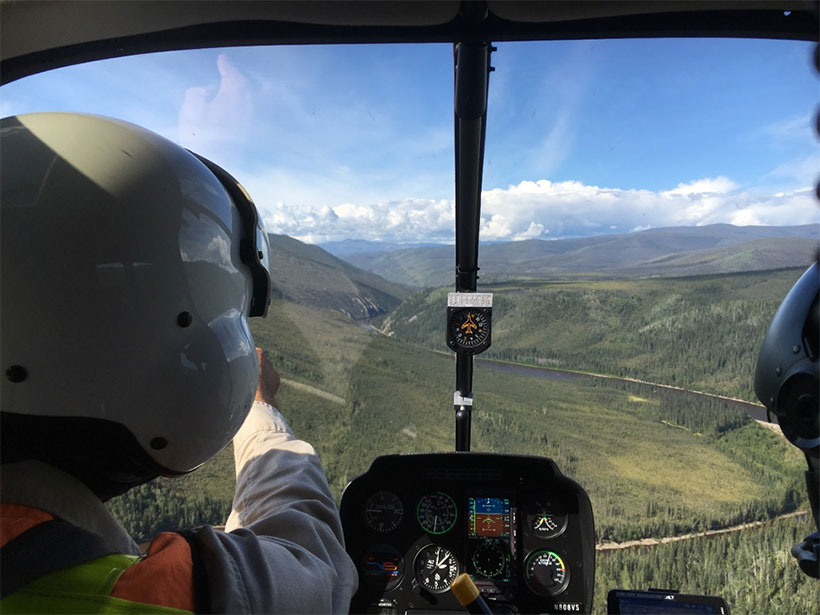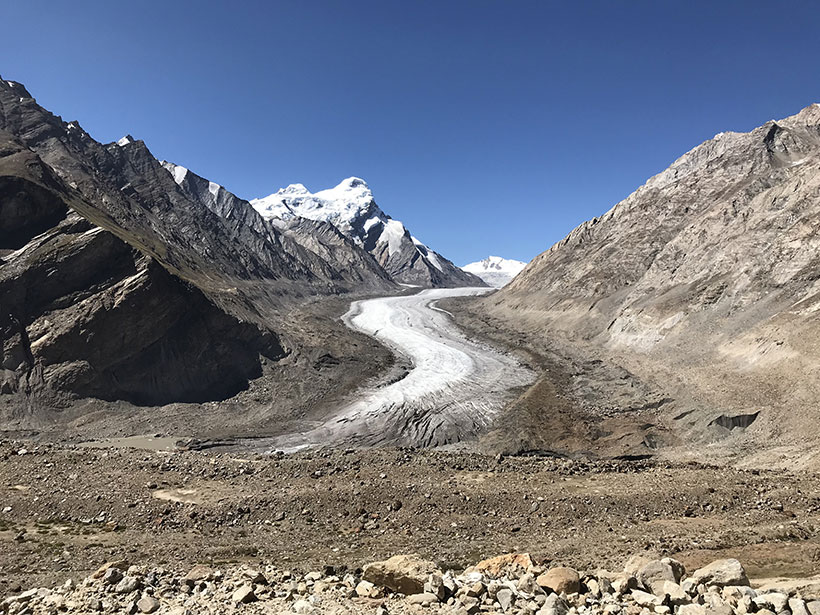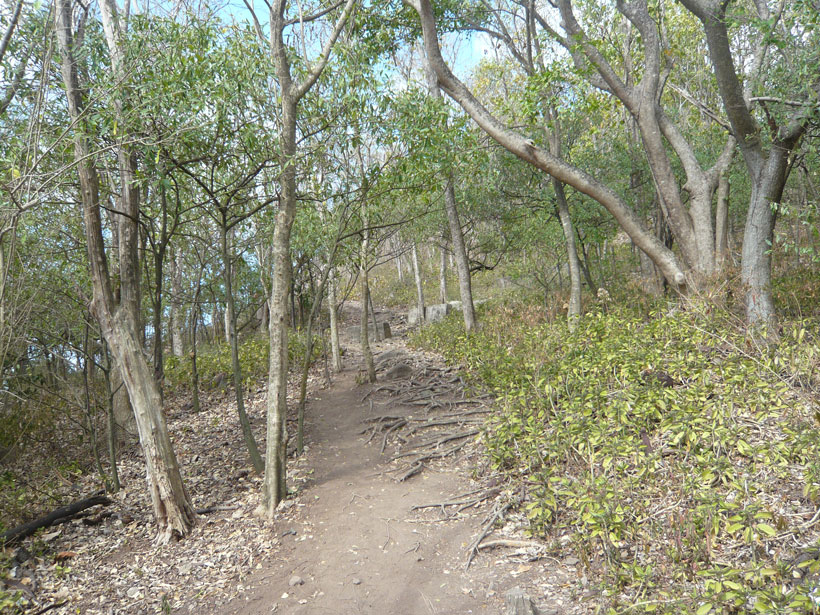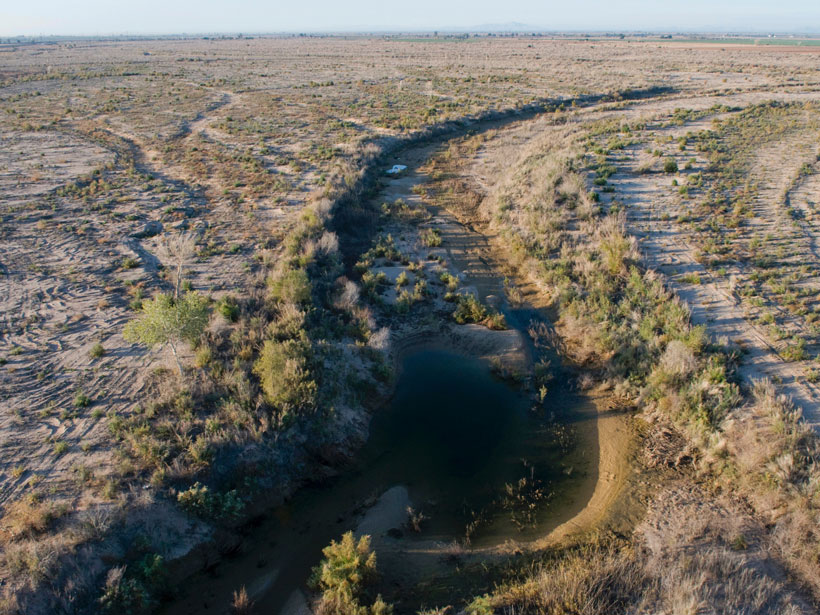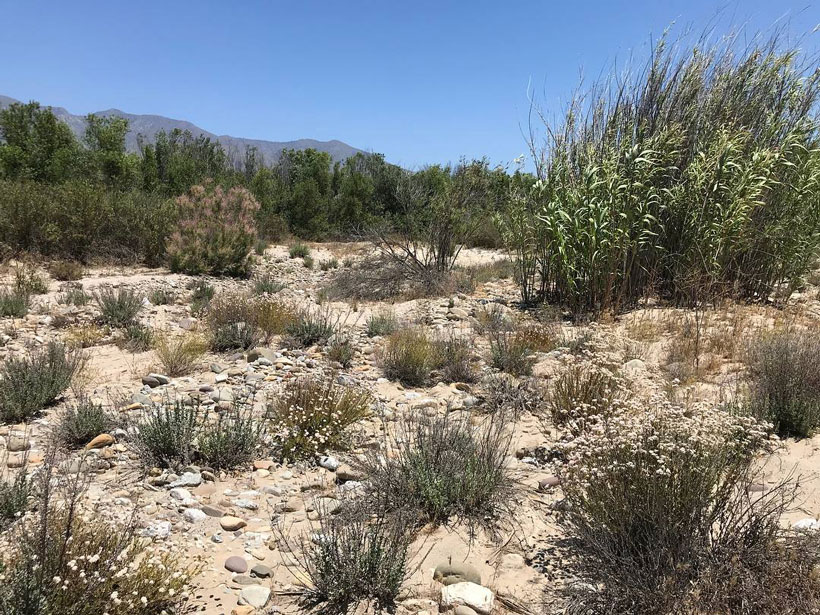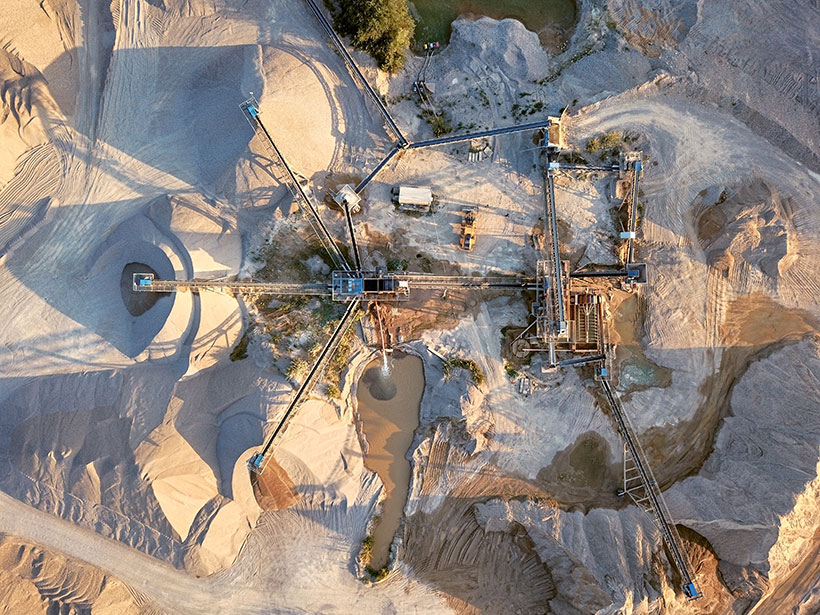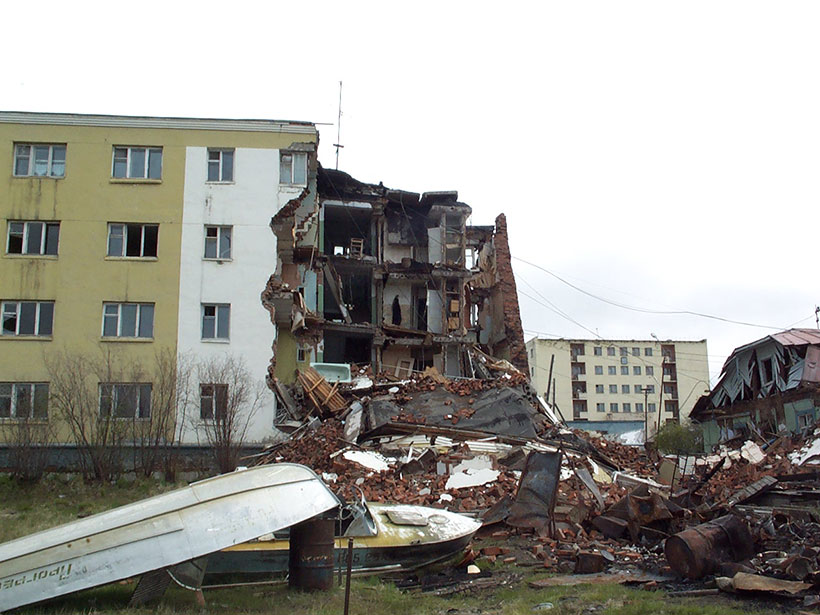Fieldwork is revealing a history of landscape evolution over the past 5 million years that links climate change and river capture to critical mineral resources across the Alaska-Yukon border.
Natural Resources
A Future of Retreating Glaciers in the Himalayas
India’s first regional climate change assessment warns of accelerated glacier melt.
Worsening Water Crisis in the Eastern Caribbean
Scientists, policy makers, and residents are concerned that ongoing water shortages and longer periods of drought may worsen as the climate changes and that the Paris Agreement has fallen short.
¿Cuántas Modificaciones Puede Aguantar el Ciclo de Agua de la Tierra?
El marco teórico que estudia los límites planetarios define cuánta perturbación humana pueden soportar los diversos procesos del sistema terrestre, pero puede que no describa adecuadamente el ciclo del agua o la medida en que lo hemos alterado.
Modeling Water Stress for Shared Water Resources
Billions of people rely on water resources that originate across borders. New research evaluates how climate change and increased water demand could affect future water stress.
Mapping Vegetation Health Around the World
A new spaceborne sensor monitors Earth’s surface temperature at a resolution higher than ever before, providing information on ecosystem responses to changes in water availability and climate stressors.
To Protect the World’s Sand, We Need to Know How to Measure It
New research provides a more accurate model that coastal managers and engineers can use to account for sand transport over time.
Lending a Hand to Sustainability
Handprint thinking, a concept developed about a decade ago, is meant to complement ecological footprints and frame human actions in terms of how much good they can do to promote sustainability.
Desert Microbes Mine for Water
Scientists studying a cyanobacterium isolated from rock samples in the Atacama Desert found out how the bacteria extract water to live. Their results may help identify likely sites for life on Mars.
The Ticking Time Bomb of Arctic Permafrost
Arctic infrastructure is under threat from thawing permafrost.

